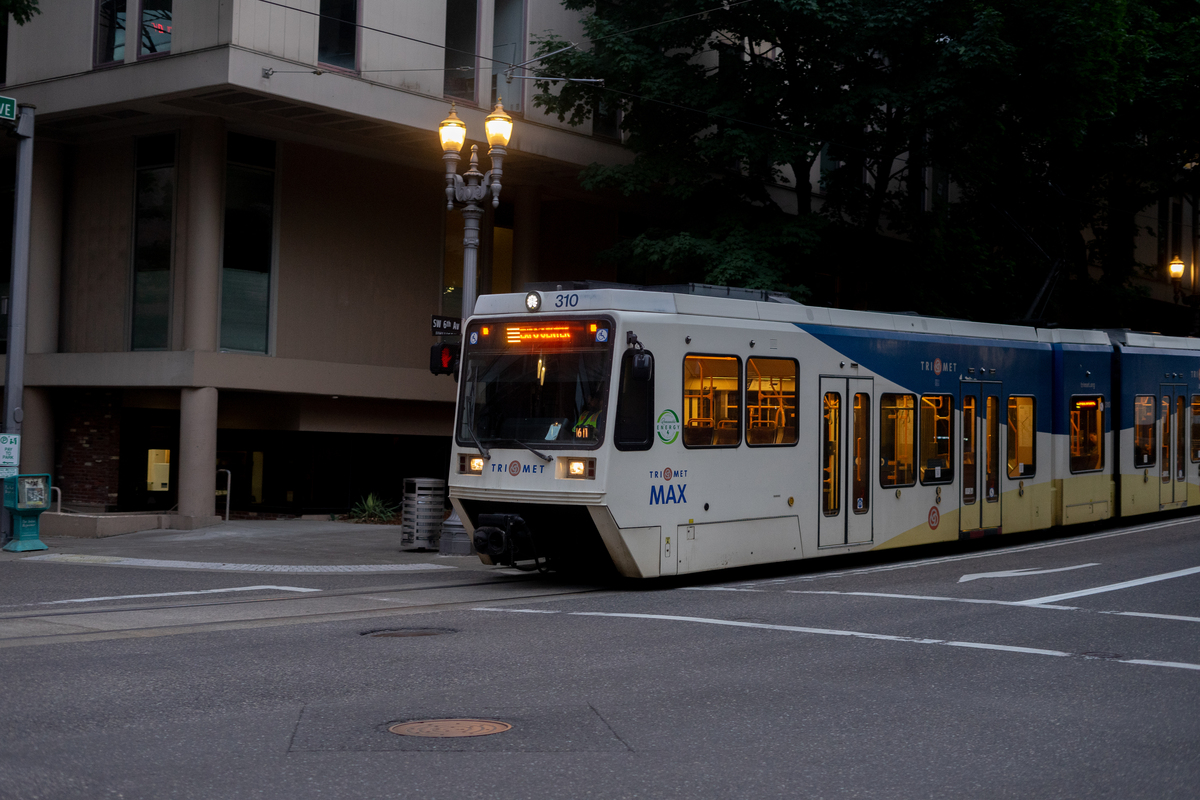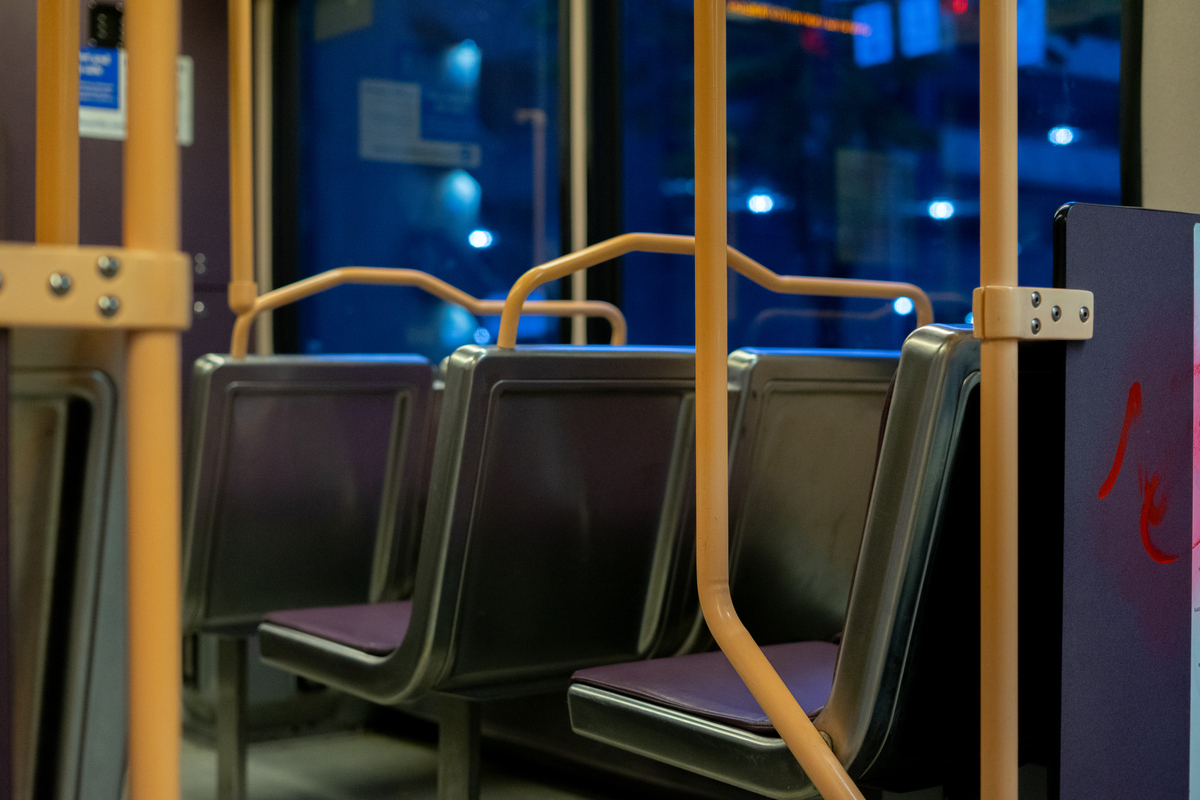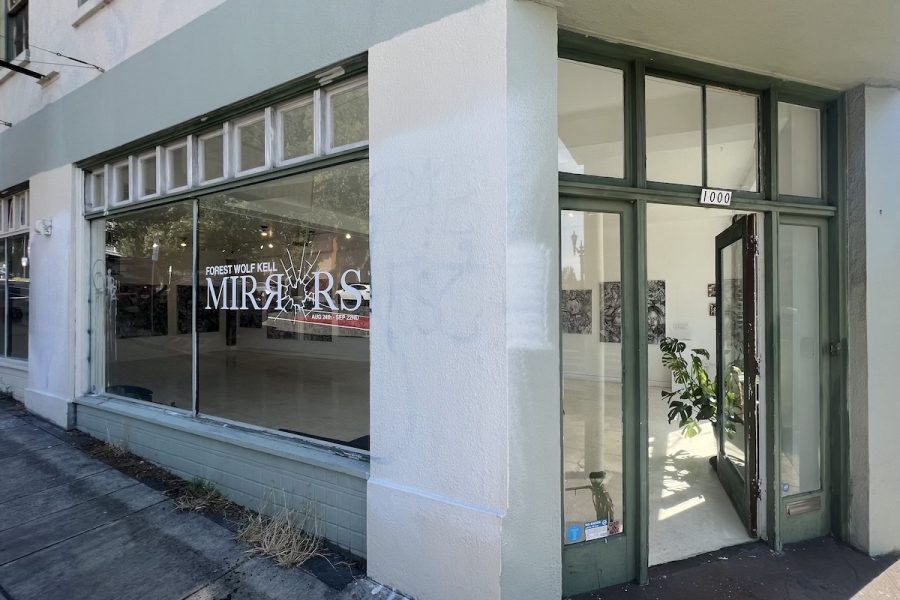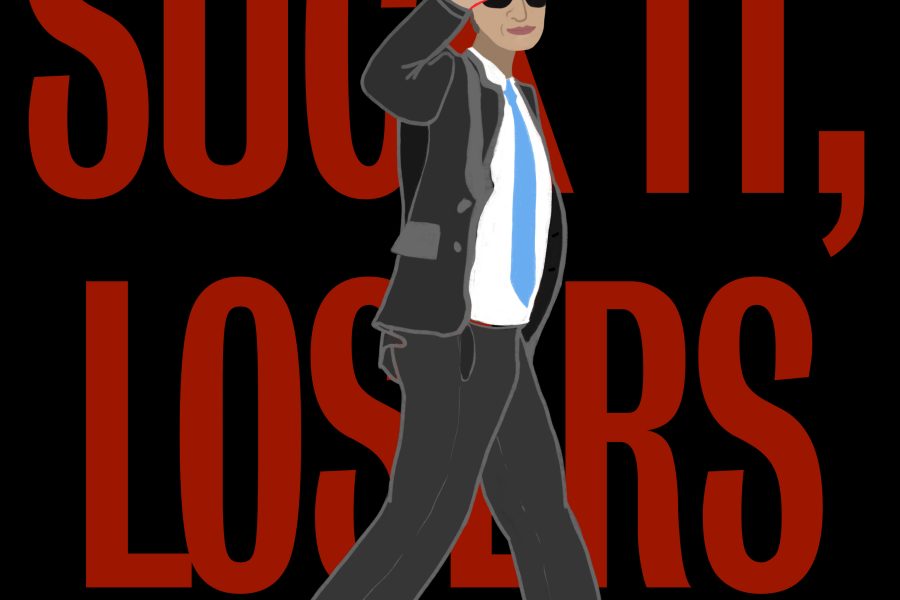Trimet posted an article earlier this month on its blog titled “It’s time for a crackdown on public drug use,” which was motivated by reports from a University of Washington study that 100% of sampled MAX Light Rail trains tested positive for low levels of methamphetamine.
In the post, Trimet acknowledged that the drug residue concentration was extremely low and didn’t constitute a health risk to riders or employees. However, it stated, “we want to keep drugs off our transit system entirely” [italics original to quote].
Trimet is taking steps to “combat drug use on our system,” which included doubling its security budget since 2020, significantly increasing security personnel on board, prohibiting smoking of any kind on transit and partnering with law enforcement to “increase safety missions around transit centers.”
The merits of these steps can and likely will become debated in the coming weeks and months. There’s a bigger problem here, though. Why is Trimet deciding drug policy?
The blog post vaguely mentions state law, stating, “Oregon law poses challenges for keeping the smoking of fentanyl and meth out of public spaces, such as transit.” That sentence is vital to understanding the tangled knot of fear and backlash driving Oregon drug policy.
First, there’s a few facts to get out of the way. According to a letter from the directors of the Washington Poison Center (WPC) and Oregon Poison Center (OPC), the amount of drugs detected in the UW study was extremely small. More importantly, it’s a result of the United States’ “epidemic of opioid and stimulant use” more than anything else.
Oregon is in no way an outlier in this trend. According to a 2021 Centers for Disease Control and Prevention study—which looked at age-adjusted, drug overdose mortality rates by state—Oregon had a rate of 26.8 deaths per 100,000 people. That’s about middle of the road for the U.S., with other states like Kentucky and West Virginia coming in at 55.6 and 90.9 respectively. Drug overdose rates have also been rising across the country for decades. In 1999, the highest rate came from Nevada at 11.5.
“This study aimed to determine if drugs could be detected in public transit, and it can,” the WPC-OPC letter stated. “This is reflective of the volume of drug use currently in our communities and a reminder for the community to develop solutions to decrease drug use over the long term.” The letter’s ending addresses the simple fact that drug abuse is not a law enforcement problem—it is a public health problem.
Shirley Block, president of the Amalgamated Transit Union Local 757 who represents Trimet employees, told KPTV that bus and train operators felt unsafe with public drug use. “People have a fear, a fear of the unknown,” Block said. “Right now, people don’t know [the] long term effect. That’s a mental fear to them.”
Unfortunately, that’s been the driving force behind U.S. drug policy for decades—Oregon included. Fear of drugs is a potent political force, typically leading to a punitive approach.
This is not the time or place to get into the details of carceral drug policy—except to say that if the War-on-Drugs-style of drug crackdowns actually reduced drug use, well, it would have worked by now.
Trimet referred to Oregon law—specifically decriminalizing most drug use from Measure 110—which established a new Class E violation with a maximum $100 fine for unlawful possession of a controlled substance.
According to statistics from the Oregon Judicial Department, 58% of Class E violations are for possession of methamphetamine, with the rest being mostly a mix of Schedule II substances, heroin, oxycodone and others.

Signed into law in Nov. 2020, Measure 110 took a nosedive in popularity, as 56% of Oregonians now support a total repeal and 64% support repealing some parts of the law, according to a survey conducted by Emerson College Polling commissioned by the Foundation for Drug Policy Solutions.
But let’s take a closer look at that poll. A majority of polled voters thought Measure 110 increased houselessness in their community, 50% said it made their community “much less safe” and 43% said that Measure 110 funds going to a needle-exchange program made their community less safe.
The problem is that these aren’t questions of public opinion—they’re facts. Has Measure 110 increased houselessness rates in Portland? There is no data to that effect, and it’s somewhat of a pointless question anyway. The myriad of factors which go into houselessness—not to mention drug addiction—are too varied and interdependent to dumb it down to one single cause.
There are many critiques to be made of Measure 110, especially its rapid implementation and underfunded treatment program. A 16-bed fentanyl detox center—which opened this month in East Portland—is “the first alcohol and drug withdrawal management facility in the state that was paid for with funding from Measure 110,” according to OPB.
However, to single out decriminalization as the cause of a slew of social problems is misguided at best. It ignores the underlying causes of drug abuse in favor of a simple, politically advantageous solution. Our drug policy is based on fear rather than facts, and that is a dangerous road to go down.






